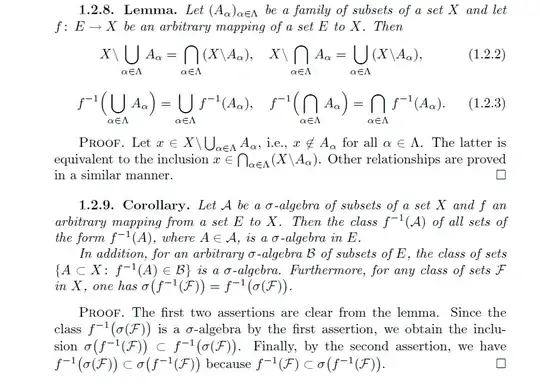While reading Bogachev's Measure Theory Vol I, I've stumbled upon a bit I don't follow: I don't understand the reasoning behind the very last sentence in the proof of Corollary 1.2.9 (see image below); namely, I don't see what follows from the second assertion nor do I understand the implication.
Would greatly appreciate some clarification!
Here's a link to a screencap of the relevant bits
Thanks in advance.
EDIT: I think I've found the answer to this same question on another thread, so unless someone can think of a simpler solution i'd like to close this thread.